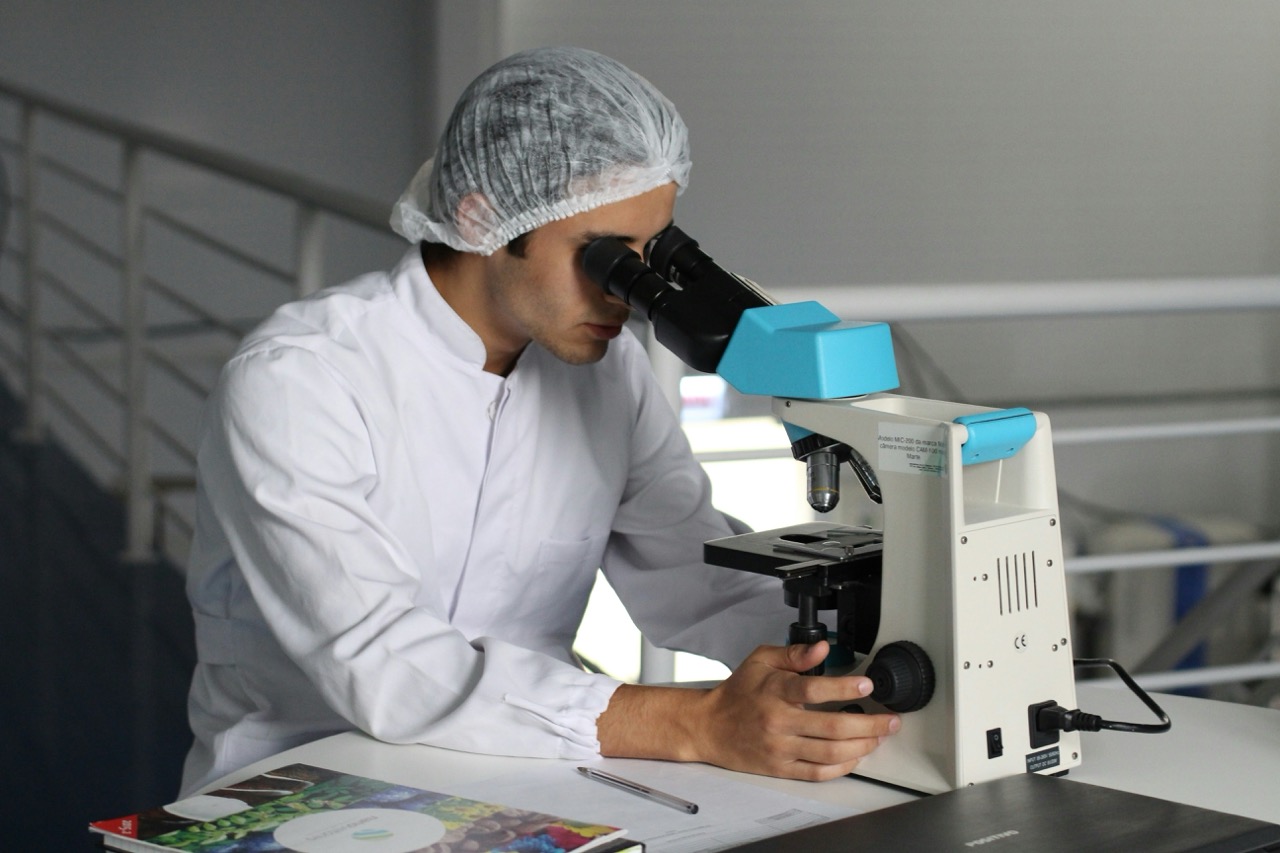Human Papillomavirus (HPV) is a common sexually transmitted infection that affects millions of individuals worldwide. While the primary mode of transmission is through intimate skin-to-skin contact during sexual activity, questions often arise regarding the potential for HPV to be transmitted through mere touch. This article aims to explore the intricacies of HPV transmission, the role of touch compared to other methods, the associated risks, and strategies for prevention.
Understanding Human Papillomavirus (HPV) Transmission
HPV is a group of more than 200 related viruses, with specific strains leading to various health concerns, including genital warts and cervical cancer. The virus primarily spreads through direct sexual contact, including vaginal, anal, and oral sex. However, HPV can also be present in other areas of the body, making it crucial to understand the routes of transmission to mitigate risks effectively.
The infection can remain asymptomatic for years, allowing individuals to unknowingly transmit the virus to their partners. This stealthy nature complicates prevention efforts, as many people may not realize they are carriers. Regular screenings and vaccination are recommended as effective means to combat HPV-related health issues and reduce the spread of the virus.
Importantly, while HPV is primarily considered a sexually transmitted infection, it can affect anyone who is sexually active, regardless of gender or sexual orientation. This broad population impact underscores the necessity for awareness and education surrounding HPV transmission and prevention.
How HPV Spreads: Touch Versus Other Methods
While the primary mode of HPV transmission is through sexual activity, including oral, vaginal, and anal sex, there is limited evidence to suggest that HPV can be transmitted through non-sexual touch. The virus is often found in the genital area, and transmission typically occurs through direct skin-to-skin contact. Therefore, touching the genital area of an infected person could theoretically pose a risk, although the likelihood is significantly lower than through sexual intercourse.
It’s crucial to differentiate between types of contact. Casual touch, such as hugging or shaking hands, does not pose a risk for HPV transmission. The virus requires direct skin contact with infected areas—primarily during intimate activities—making the risk through incidental touch negligible in most scenarios.
Moreover, HPV cannot survive long outside the human body. This means that surfaces or objects touched by an infected individual pose little to no risk of transmission. The resilience of the virus decreases rapidly when removed from the warm, moist environment of human skin, further limiting the potential for transmission through touch.
Examining the Risks of HPV Through Skin Contact
Despite the low risk for HPV transmission through mere touch, it is essential to consider specific circumstances that could increase this risk. For instance, if an individual has cuts or abrasions on their skin, the likelihood of HPV entering the body through these openings may increase, particularly if they come into contact with infected skin. However, such instances are relatively rare compared to the risk associated with direct sexual contact.
Additionally, the prevalence of HPV in a population can affect individual risk levels. In communities with high rates of HPV infection, the chances of encountering an infected partner increase, highlighting the importance of understanding personal sexual health and the vulnerabilities associated with intimate relationships.
Regular screenings for HPV-related health issues, along with honest communication about sexual health status between partners, can help manage the risks. Understanding that HPV can often be asymptomatic is vital, as individuals may unknowingly carry the virus and still engage in skin contact, whether sexual or otherwise.
Prevention Strategies: Reducing HPV Transmission Risks
Preventing HPV transmission involves a multifaceted approach that includes vaccination, safe sexual practices, and regular health screenings. The HPV vaccine is highly effective in preventing the most common and high-risk strains associated with cancer and genital warts. Health organizations recommend vaccination for preteens, but it is also beneficial for older teens and young adults who may not have received it earlier.
Using barrier methods, such as condoms and dental dams, can significantly reduce the risk of HPV transmission during sexual activity, although they do not provide complete protection due to the nature of skin-to-skin contact. Ensuring that both partners are aware of their HPV status and engaging in open discussions about sexual health can further enhance prevention efforts.
Lastly, regular screenings, particularly for women through Pap smears and HPV tests, are crucial for early detection of any changes that could lead to cervical cancer. Men should also be aware of their health, as HPV can lead to other complications, including genital warts and certain types of cancers. Overall, a proactive approach to sexual health and education is essential to reduce HPV transmission risks effectively.
In conclusion, while the primary mode of HPV transmission is through sexual contact, the risk through mere touch is minimal under typical circumstances. Understanding how HPV spreads, recognizing the low risks associated with non-sexual skin contact, and employing effective prevention strategies are imperative in managing the impact of this widespread virus. By staying informed and proactive, individuals can significantly reduce their risk of HPV infection and contribute to healthier communities.










